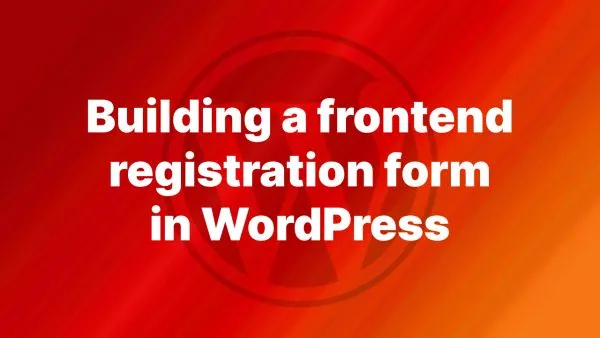- 1. Understanding .env Files
- 2. Installing the Required Packages
- 3. Setting Up Your .env File
- 4. Loading .env Variables in WordPress
- 5. Accessing .env Variables
- 6. Security Considerations
WordPress, being one of the web's most prevalent content management systems, is renowned for its ease of use and customizability. As sites grow in complexity, managing configurations and sensitive information directly within the WordPress codebase can become cumbersome and insecure. A modern solution to this challenge is the use of .env files. This article will guide you on how to integrate .env files into your WordPress setup and access the stored variables efficiently.
1. Understanding .env Files
In essence, .env files are plain text configurations files used to define environment-specific variables. This could be API keys, database credentials, debug modes, and more. Once defined, these variables can be accessed and used throughout your application, ensuring configurations are both centralized and secure.
2. Installing the Required Packages
To incorporate .env files into your WordPress site, we'll leverage the vlucas/phpdotenv library.
Install it using Composer:
composer require vlucas/phpdotenv
3. Setting Up Your .env File
Navigate to your WordPress root directory and create a new file named .env. Here, you can define your variables:
DB_NAME=wordpress
DB_USER=root
DB_PASSWORD=secret
API_KEY=YOUR_API_KEY
4. Loading .env Variables in WordPress
Inside your wp-config.php file, initialize the phpdotenv library and load your .env variables:
require_once __DIR__ . '/vendor/autoload.php';
$dotenv = Dotenv\Dotenv::createImmutable(__DIR__);
$dotenv->load();
5. Accessing .env Variables
Now that your .env variables are loaded, you can access them using PHP's getenv function. Update your WordPress configurations in wp-config.php:
define('DB_NAME', getenv('DB_NAME'));
define('DB_USER', getenv('DB_USER'));
define('DB_PASSWORD', getenv('DB_PASSWORD'));
Similarly, for any other configurations or custom constants:
define('API_KEY', getenv('API_KEY'));
6. Security Considerations
-
Permissions: Ensure your
.envfile permissions are strict, preventing unauthorized reads. A permission setting of600is recommended. -
Environment Specificity: Utilize different
.envfiles for various environments (development, staging, production). This allows for environment-specific configurations without mixing or overwriting. -
Git Ignorance: If you're using version control, make sure to add
.envto your.gitignorefile to prevent it from being committed.
By leveraging .env files in WordPress, you introduce a layer of organization and security to your configuration management process. Such a system streamlines development across various environments and ensures sensitive information remains inaccessible from public repositories. Embrace .env configurations to harness a cleaner and more efficient WordPress development experience.
Interested in proving your knowledge of this topic? Take the WordPress Development certification.
WordPress Development
Covering all aspects of WordPress web development, from theme development, plugin development, server set up and configuration and optimisation.
$99



